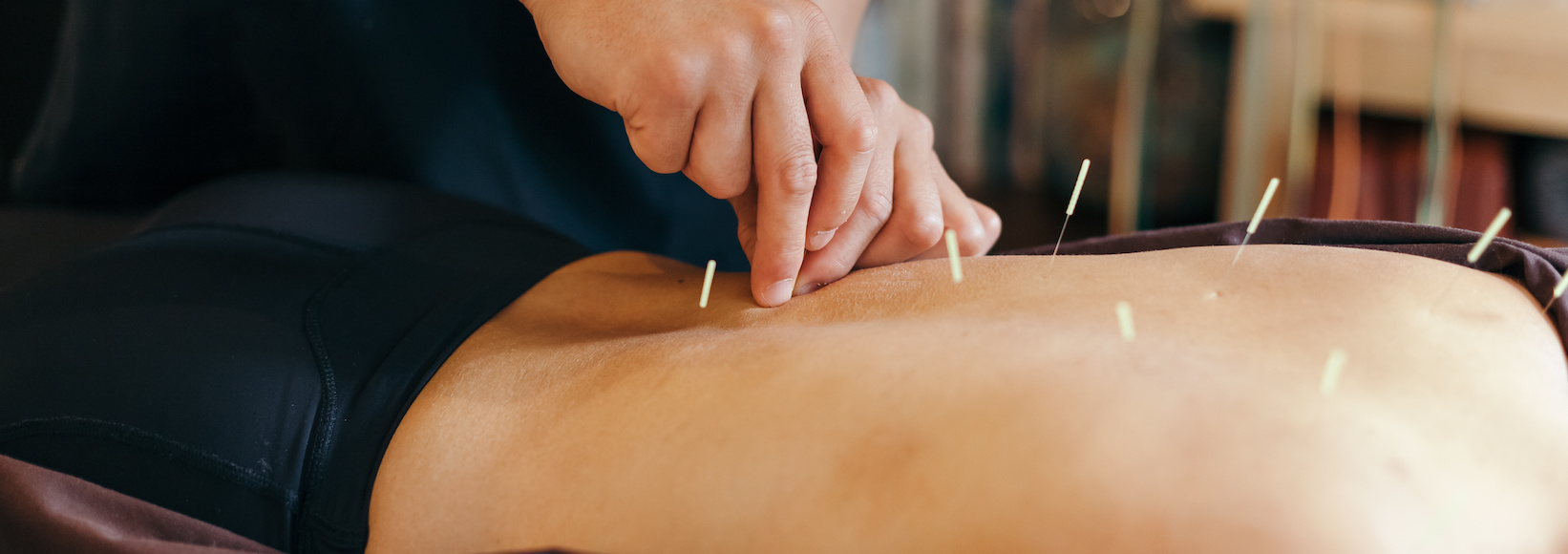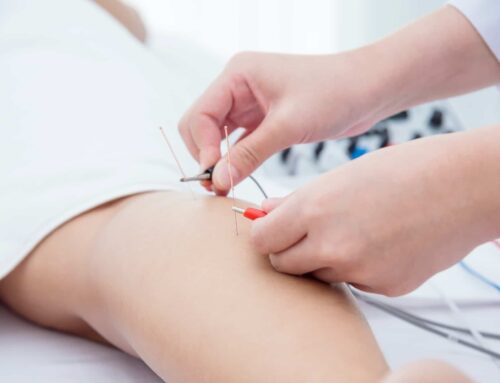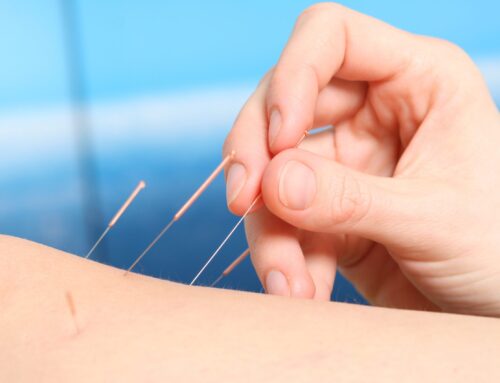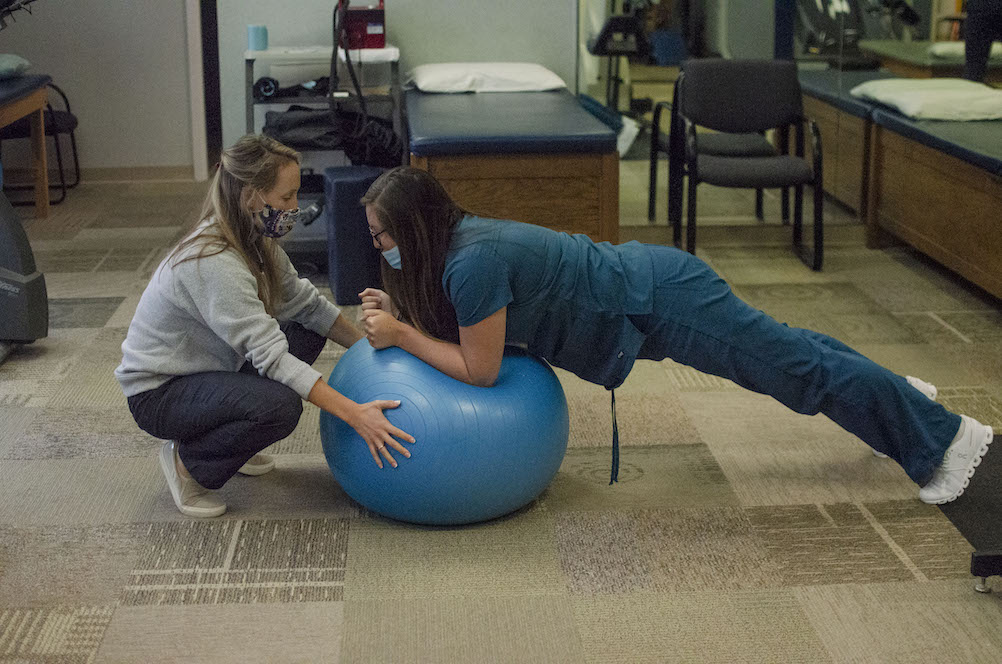If you suffer from painful muscle spasms, you may have heard of the term “dry needling”. Therapeutic dry needling is a relatively new treatment that has become more popular in the U.S. over the past 30 years. It can ease tight muscles, decrease joint pain, increase blood flow, and increase endorphins which serve as the body’s natural pain reliever.
The term “dry needling” refers to the fact that the needles themselves do not contain any medication. Because the needles do not have to be large enough to hold medicine, the needles themselves are very thin–8x smaller than the injection you receive at the doctor when undergoing vaccines. The primary goal of dry needling is to desensitize those irritable, tender knots in muscle tissue that cause pain. Dry needling can also improve “referred pain”–pain in which you can press on a certain muscle or knot and feel pain in a different area of the body. Dry needling has been shown to be effective in treating pain in the deep muscle layers and soft tissue that can’t be reached by other kinds of therapy.
Isn’t This Just Acupuncture?
No!
Both techniques involve the use of needles, but they are used for different purposes. Acupuncture is based on the idea that there is a path of energy flow (Qi) throughout the body that can become disrupted and cause disease. Acupuncture needles are inserted along this energy pathway. For example, acupuncture can be used for treating nausea and vomiting after chemotherapy.
Dry needling treats musculoskeletal pain and the needles are inserted into the tight muscle bands of the affected area, meaning it is structured directly around the anatomy of the body and the location of your symptoms. This makes dry needling a very evidence-based practice and treatment.
The Science Behind Dry Needling
When an injury occurs, inflammation is produced in the damaged tissue. It also tenses up as a protective response against further damage. Together, the inflammation and tension slow the amount of oxygen-rich blood that reaches the injury site. Cells in the area then produce scar tissue, which starts to build up around the muscle limiting its functionality and irritating nerves.
Dry needling can re-initiate the healing process to correct areas of scar tissue and muscle tightness and improve efficiency and function of the surrounding tissue. It also functions to signal the body’s immune system and restart a healing process that may have not been completed in a previous injury. This can break the pain cycle by reducing inflammation, decreasing muscle tightness, and improving flexibility.
What Conditions Benefit From Dry Needling?
- Neck, back and shoulder pain
- Muscle and ligament strains
- Herniated discs
- Arthritis
- Tennis elbow
- Hip pain
- Sciatica
- Knee pain
- Tendonitis
- Plantar fasciitis
Needles! Does It Hurt?
When the therapist inserts the small, monofilament needle into the knotted muscle tissue it produces a slight twitching in the muscle. Afterward, you may feel a slight soreness in the muscle area but you will also feel an increased range of motion and ease of movement — even after one treatment.
Interested in learning more? Call our office to talk to one of our trained therapists, or request an appointment in the form below. We want to help!






